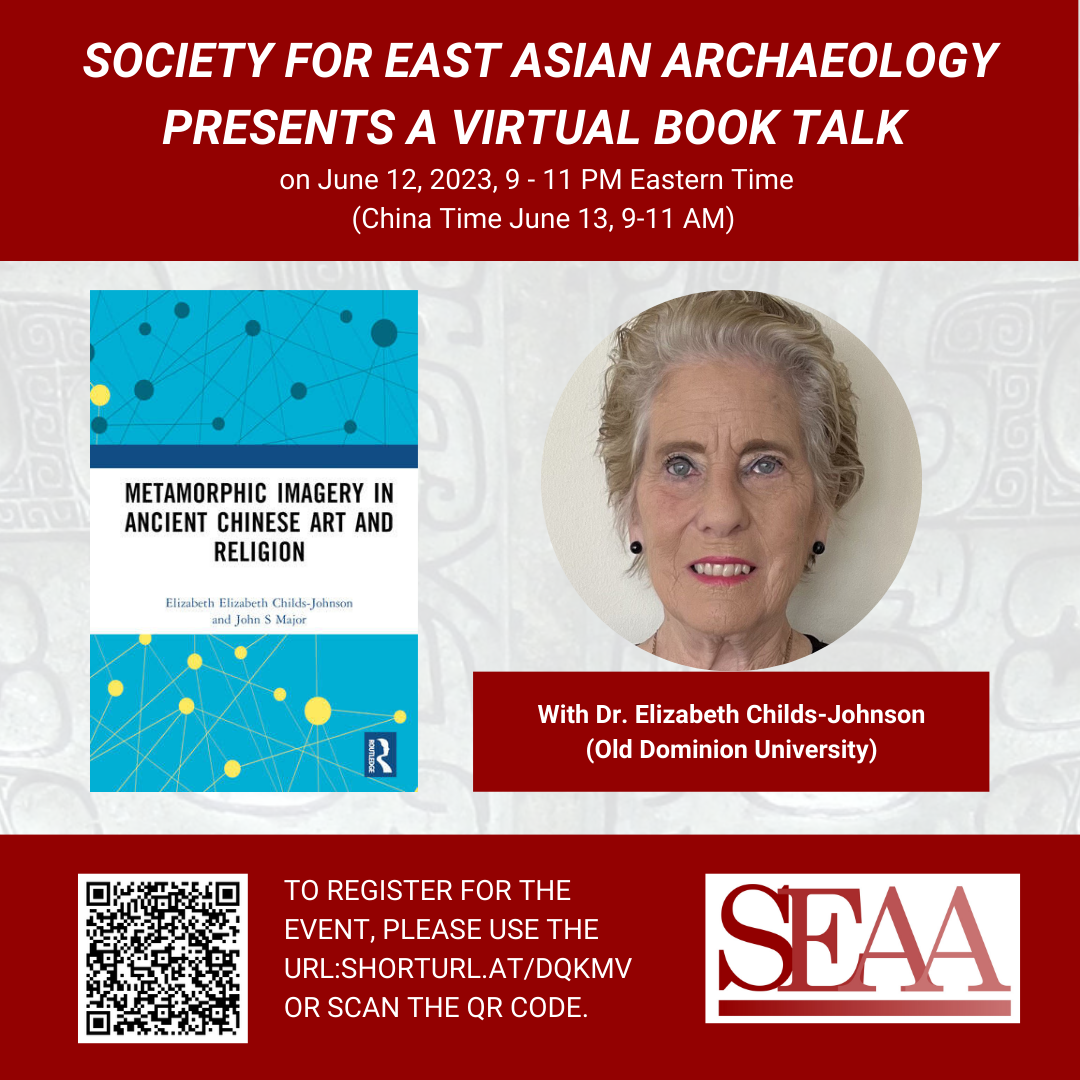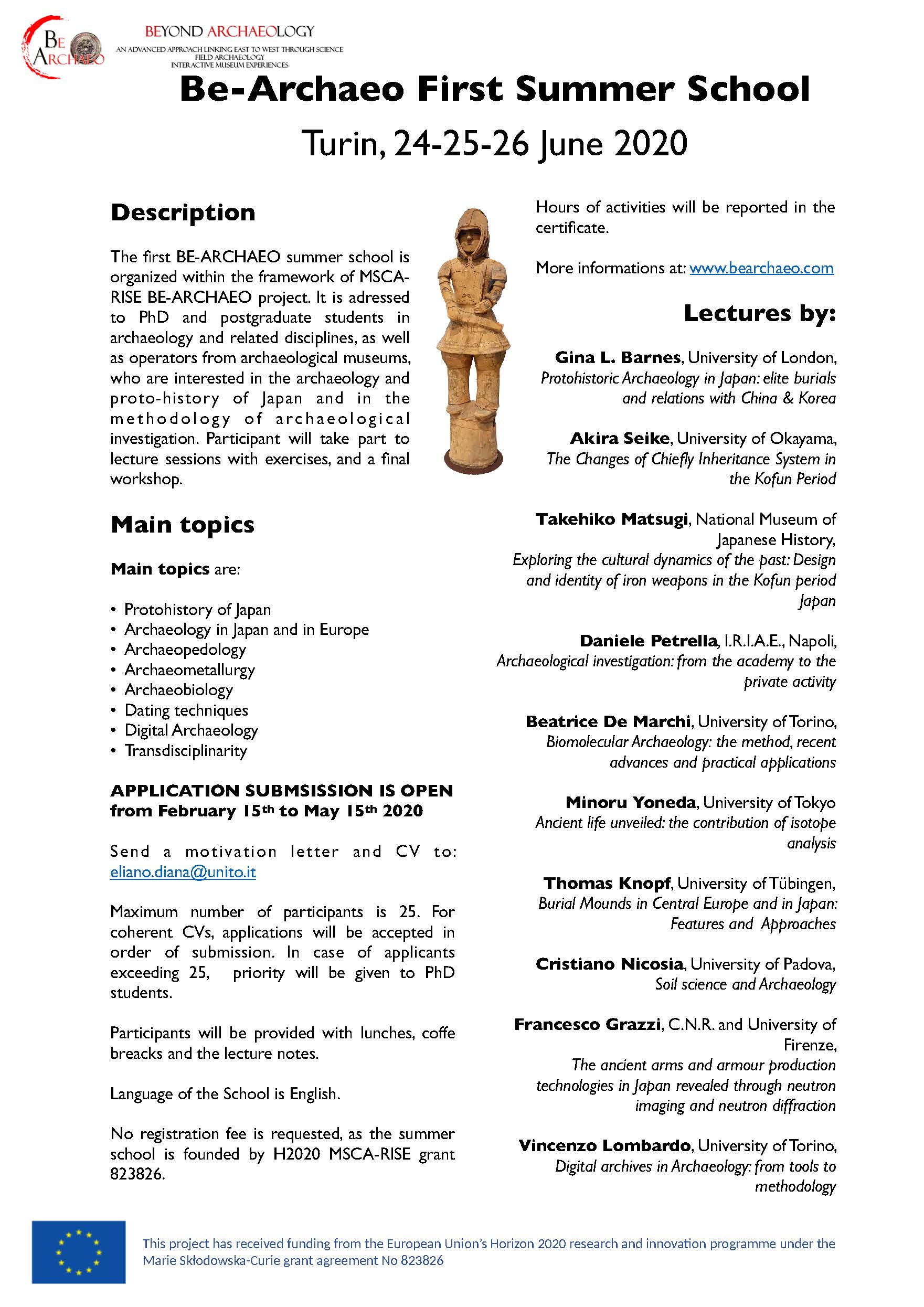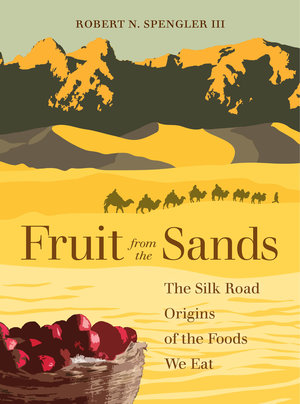In China’s Metal Age, which began around 2000 BCE, leaded bronze was widely used. The additional lead distinguishes early Chinese bronze objects from unleaded objects used by most other Metal Age communities in Eurasia. This book focuses on the lead question in early China.
SEAA News Blog: [East] Asia General
The Society for East Asian Archaeology is delighted to host a virtual book talk by Dr. Elizabeth Childs-Johnson in celebration of the launch her new book, co-authored with Dr. John Major, "Metamorphic Imagery in Ancient Chinese Art and Religion". We are honored to have Dr. Thomas Michael (Beijing Normal University) and Dr. Li Min (University of California at Los Angeles) serving as discussants for this exciting event.
This book by Evgenia Dammer is the first comprehensive study of the technological knowledge needed to produce Neolithic Majiayao-style pottery (5300-4000 cal yr BP) which is famous for its painted designs in black and red. It examines the technological choices in the production of fine and coarse Majiayao-style pottery found across three river valleys, all located near the border area of Chinese provinces Gansu and Qinghai.
PLEASE NOTE THAT THIS OPPROTUNITY HAS BEEN POSTPONED DUE TO COVID-19
The first BE-ARCHAEO summer school is organized within the framework of MSCARISE BE-ARCHAEO project. It is addressed to PhD and postgraduate students in archaeology and related disciplines, as well as operators from archaeological museums, who are interested in the archaeology and proto-history of Japan and in the methodology of archaeological investigation. Participant will take part to lecture sessions with exercises, and a final workshop.
The foods we eat have a deep and often surprising past. From almonds and apples to tea and rice, many foods that we consume today have histories that can be traced out of prehistoric Central Asia along the tracks of the Silk Road to kitchens in Europe, America, China, and elsewhere in East Asia. The exchange of goods, ideas, cultural practices, and genes along these ancient routes extends back five thousand years, and organized trade along the Silk Road dates to at least Han Dynasty China in the second century BC.
Production, Distribution and Appreciation: New Aspects of East Asian Lacquer Ware, edited by Patricia Frick and Annette Kieser, focuses on various aspects of East Asian lacquer art ranging from the 2nd century BC to the 17th century.




